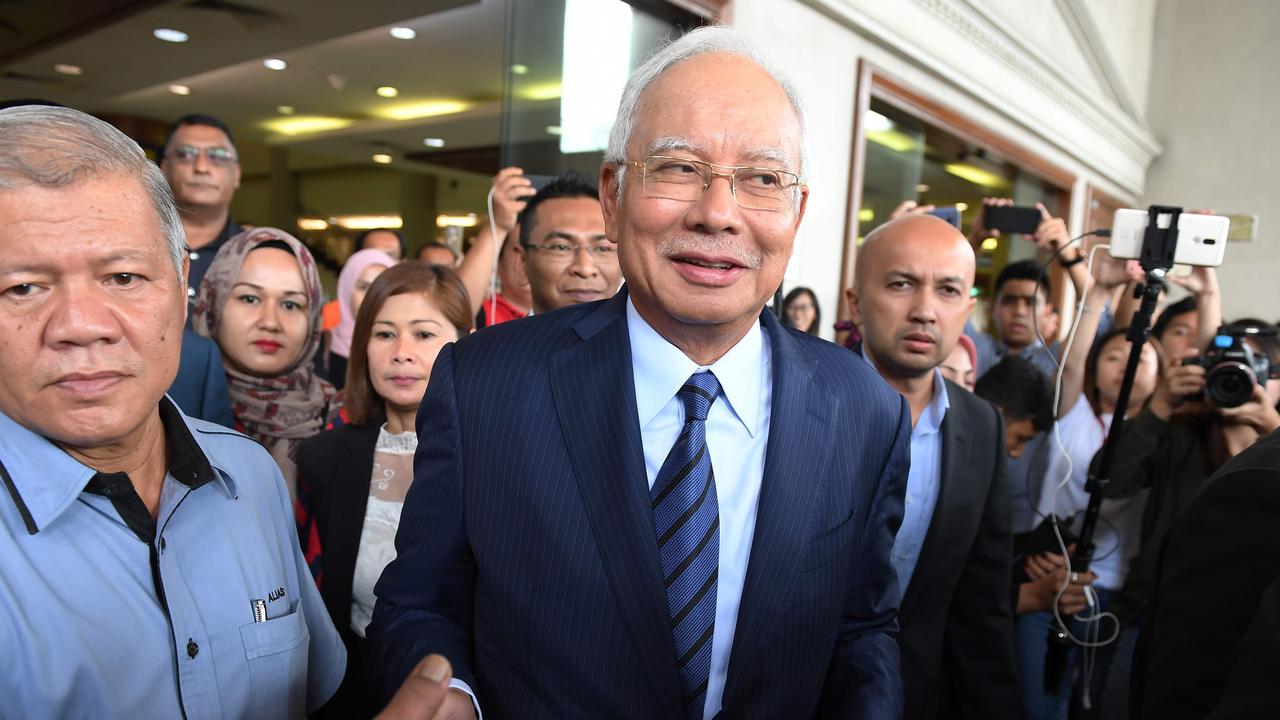Stronger trade links a brilliant Korea move
There are still many on the extremities of left and right, and a few in the centre, who view free-trade deals as devilish.
There are still many on the extremities of left and right in Australia, and a few in the unfocused centre who, like Donald Trump, view free-trade agreements as essentially devilish. Some simply don’t like trade, or commerce generally. They favour more, not fewer, regulations and controls on what business can do. And they suspect that foreigners — especially but not exclusively those from Asia — primarily wish to do us down.
Business, they believe, is not about trust and mutual benefit but about winners and losers.
Take a look, however, at what has been happening with our relationship with South Korea, as an example, since we concluded the Korea Australia Free Trade Agreement (KAFTA), the first of the three that were sealed inside one stunning year for Australian commerce, the others being with China and Japan. Korea is our third largest export market behind these two nations.
The agreement came into effect on December 12, 2014.
What has been its impact, via the “head-turning effect” of such deals, and to the sudden dropping of quotas or tariffs?
In the past year for which we have full figures, 2016, compared with the final pre-KAFTA year, 2014:
• Fresh or chilled boneless beef exports were up 57 per cent to $392 million;
• Chipping potato exports more than tripled to $14m;
• Fresh cherry exports rose 10 times, to $4m, with the previous 24 per cent tariff eliminated;
• Shelled macadamia sales tripled to $13.6m, the 30 per cent tariff being eliminated in stages;
• Exports of titanium dioxide pigments, used in paint, sunscreen and cosmetics, more than doubled to $72m;
• Exports of unwrought refined copper cathodes rose from $7m to $85m;
• Sugar sales more than doubled to $854m;
• Exports of liquefied natural gas more than tripled, to $2.4 billion, with the 3 per cent tariff removed; and
• The sales of Australian services overall were up 22 per cent in 2016 on the previous year to $2.06bn.
Some of our large commodity sales trod water or slipped slightly in 2016 as prices declined and the Korean economy as a whole lost some energy.
All the more valuable, then, that the reduction in obstacles to trade boosted opportunities in a great range of other areas, so that Australia’s trade profile with Korea has become more diverse and sustainable.
Imports from Korea have appeared, on the other hand, to decline. But this is in part misleading. Massive Korean conglomerates have diversified their points of final assembly and export — for instance of cars, TVs and smartphones — since the country has concluded 52 FTAs.
Many of the components, especially those that are more sophisticated, are still being made in Korea first.
The demand of Korea’s mainly middle class society — GDP per head of its 51 million people is about $40,000, compared with $16,000 in China — for high-quality agricultural goods especially, is soaring.
The big rise in services comes chiefly on the back of tourism and students. About 300,000 Koreans are travelling to Australia every year for holidays and they are among the biggest spenders, especially on adventurous pursuits.
President Moon Jae-in, who has been enjoying a long ratings honeymoon since his election six months ago, was formerly a human rights lawyer and political adviser, and hasn’t travelled widely — providing an opportunity to increase our influence and business opportunities if he can be persuaded to come to Australia.
Australia’s investment in Korea is modest, but prospects will rise as the country’s economy shifts more clearly from manufacturing towards services and value-adding, and as its demography ages.
Korea has become the most profitable market in Asia for Macquarie Bank.
The Macquarie brand, most associated in Korea with infrastructure, renewable energy and waste management, and with asset management, has a higher profile there than bigger global players such as Goldman Sachs or UBS.
Daniel Burrows, a managing director of Macquarie Capital in Seoul, said that applying international best practice standards had worked well for the company in Korea —
“Korea has a very sophisticated financial market that understands these projects well, and how they are put together, and it has a good legal system,” he said.
Macquarie is using its Korean partners — who include some of the world’s biggest corporations such as Samsung or LG — in projects around the world.
Matthew Holmes, vice-chairman of the Australian Chamber of Commerce in Korea, believes that KAFTA’s role in raising the awareness of the potential in the relationship has provided an even bigger boost than the reductions in tariffs and quotas.
“It put us on the map, whereas previously we had often been an add-on to Japan or China,” he said.
The negative factor was also important, he said. Chile had been the first FTA struck by Korea, and it had become the provider of many wines drunk by default among Koreans just discovering wine. The US had concluded an FTA before Australia, giving its beef a price edge. Now Australia was able to compete evenly with such rivals.
Gaining new access, especially for food and drink products, had come at a fascinating time in the Korean market with young women starting to dominate sales, taking the lead in creating new consumption patterns.
The old-style patterns of male workers drinking and eating together every night, and even returning to their offices for further work, has now almost disappeared, broken by new tax rules and by rapidly changing social patterns.
A good time to market new brands from a new world nation.




To join the conversation, please log in. Don't have an account? Register
Join the conversation, you are commenting as Logout